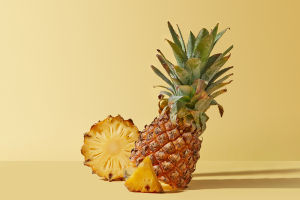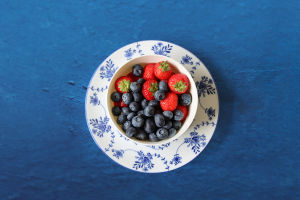Welcome, Lykkers! Have you ever bitten into a macaron and been swept away by its delicate crunch and smooth, creamy filling?
These delightful French confections are more than just treats; they’re tiny works of art, filled with flavor and history. Let’s uncover the magic of macarons together!
Macarons are unique in the world of pastries. With their airy meringue shells and decadent fillings, they demand precision and patience, yet they deliver a taste that’s unmistakably elegant and unforgettable.
A Brief History of the Macaron
The macaron as we know it today originated in France, but its history traces back to Italy. Brought to France by Catherine de Medici in the 16th century, it started as a simple almond cookie before evolving into the delicate, filled creation we adore today. It was the famed Ladurée bakery in Paris that popularized the colorful, filled macarons in the 20th century, turning them into an international sensation.
The Anatomy of a Perfect Macaron
Every macaron consists of three key parts:
1. The Shell: Light, crisp, and smooth, the shell is made from almond flour, egg whites, and sugar. It should have a slight crunch but melt in your mouth.
2. The Feet: The iconic “feet” are the frilly edges around the base of the macaron shells. A sign of a well-baked macaron, these feet are a symbol of precision.
3. The Filling: Macarons can be filled with anything from buttercream to ganache to jam. The filling not only adds flavor but also moisture, creating that perfect chewy texture.
How to Make French Macarons (for beginners and advanced bakers!)
Video by Sugar Spun Run
Secrets to Macaron Success
Macarons can be a challenge, but here are some essential tips for achieving perfection:
- Room Temperature Ingredients: Bring egg whites to room temperature before whipping them; this helps achieve the right texture.
- Sift Almond Flour: To get smooth shells, sift almond flour to remove any lumps, giving your macarons a polished finish.
- Practice the “Macaronage” Technique: Folding the batter, or macaronage, is key. Aim for a glossy, lava-like texture that flows slowly but doesn’t spread too quickly.
- Resting Time: After piping, let the macarons sit for 20-30 minutes. This forms a thin crust, which helps create the iconic “feet.”
Flavoring and Coloring: Where Creativity Shines
The beauty of macarons lies in their versatility. You can add flavors, colors, and fillings to suit any occasion or mood. Here are some popular and creative flavors:
- Classic Flavors: Vanilla, chocolate, and raspberry remain timeless favorites.
- Unique Twists: Salted caramel, lavender honey, and matcha green tea have gained popularity.
- Seasonal Specials: Pumpkin spice for autumn, peppermint for winter, or lemon for a refreshing summer twist.
When it comes to coloring, gel food coloring is ideal as it doesn’t add extra liquid, helping maintain the delicate balance of the batter.
Pairing Macarons with Tea or Coffee
Macarons are the perfect companion for many beverages. Light teas like green tea or jasmine complement fruity flavors, while espresso enhances chocolate or caramel. For a luxurious pairing, try different drinks; their light bubbles and sweetness highlight the macaron’s delicate flavors.
Fun Facts About Macarons
- Not a “Macaroon”: Macarons are often confused with macaroons, which are chewy coconut-based treats. Despite the similar name, they’re quite different!
- World Record: The largest macaron weighed over 120 pounds and was created in France, the birthplace of this elegant dessert.
- Popularity in Japan: Macarons are hugely popular in Japan, where they’re sold in flavors like yuzu and sakura (cherry blossom).
A Taste of France at Home
If you’re inspired to make macarons at home, start with a classic recipe and take your time. Remember, macarons are about the journey as much as the result. With a bit of practice, you’ll achieve that perfect crunch and creaminess!
So, Lykkers, have you tried making macarons or found a unique flavor you love? Share with us your macaron moments, and let’s celebrate this exquisite pastry together!


